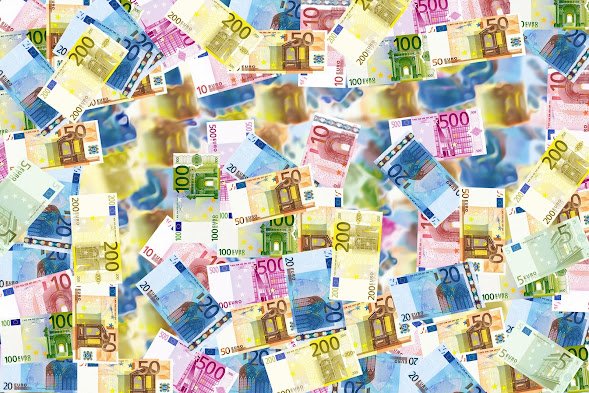Share
Share is a property representing the proportionate ownership of the shareholder in a joint stock company.
Explanation
The capital of a joint stock company is divided in the proportion of small parts which are called shares. A share is a piece of paper carrying legal rights and obligations. The owner of the share is called the shareholder of the company. Shareholders are the owners of the company subject to their investment in the company.
Value of Share
Every share has a nominal or face value as well as a market value or face value. It is generally expressed as.
100,000 shares of 10$ each ( face value ) = 1,000,000$ (Share Capital)
*The value above the face value of a share is regarded share premium.
Ordinary Shares
Ordinary shares also known as common stock is the equity shares of a company. They carry the right to attend and vote at general meetings. However, ordinary shareholders receive profits from the residual profits after the payment of the preference dividend. In case of winding up ordinary shareholders receive repayment of capital after all the creditors and preference shareholders have been paid
Voting Rights
Ordinary shareholders may have one or more voting rights to vote at a general meeting.
Dividends
Ordinary shareholders receive dividends after preference dividends have been paid.
Classes
They may have different classes based on voting rights e.g class “A”, Class “B”
Winding Up
In case of winding up of the company, ordinary shareholders receive repayment of capital after all the creditors and preference shareholders have been paid.
Preference Shares
Preference shares have a fixed rate of return and receive payment of dividends before ordinary shares. There are cumulative or non-cumulative preference shares. Preference shareholders generally have no or reduced voting right to attend and vote at the company’s general meeting.
Dividends
Payment of dividends to preference shareholders is made before ordinary dividends.
Cummilative and Non-Cummilative
Cummilative preference shares have the right to carry forward their payment of dividends next year in case the company can not pay a dividend in the current year. It means that the amount of profit is accumulated and paid to the shareholders and the right to receive dividends is not lost in case of low profitability or any other reason.
Non-Cummilative do not accumulate in case of non-payment of dividends in a company’s financial year.
Voting Rights
Preference shares have little or no voting rights as a general rule.





